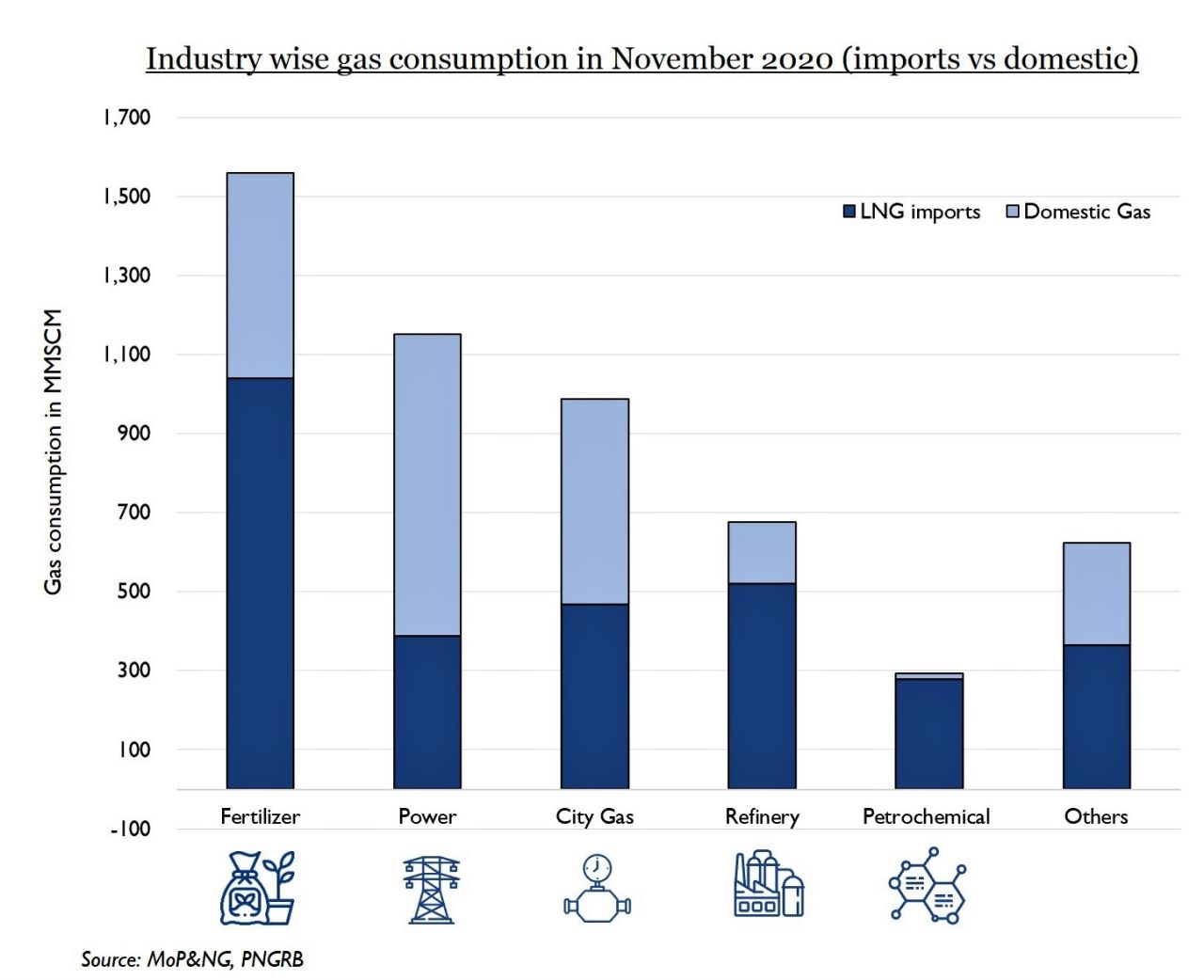

If the earnings become zero, minimum consumption is never nullified. Autonomous consumption is not influenced by income – We must understand that consumption can never be zero.Consumers' who recently drank baijiu in China 2021, by age group.Growth in softwood lumber demand worldwide by country 2017.consumption of liquid hydrogen 2018 & 2024 Share of consumption in the Chinese GDP 1995-2030.Reasons for drinking tea in the United Kingdom (UK) in 2017.Occasions for drinking tea in the United Kingdom (UK) in 2017.Daily tea consumption per capita in the Benelux 2014, by country.Average daily tea drinking consumption worldwide 2017, by country.Number of days per week consumers drink tea worldwide 2017, by country.Argentina: tea planted area 2017, by region.Volume of tea consumed in the United Kingdom (UK) 2006-2013.Occasions for drinking coffee among U.S.adults: share of tea, coffee and coffee drink consumption by age group 2012 Tea brands market share in Mexico in 2016.Tea industry market value in Mexico in 2016-2021.Tea consumption per capita in Chile in 2016-2017.A detailed methodology can be found in the Statista Consumer Market Outlook. This means, market totals are not comparable to published data from prior years.Īll figures are estimate. The valuation of the out-of-home segment at retail prices means a significant change of the market definition in comparison to earlier iterations of the Consumer Market Outlook, as out-of-home consumption was valued at wholesale prices before. One kilogram therefore represents 500 cup equivalents. One cup of tea is assumed to contain 2 grams of tea. The price per unit in the out-of-home market always references the total price over the amount of tea consumed, regardless of the other components of the finished beverage. Both the at-home and the out-of-home market are valued at retail selling prices including all sales and consumption taxes. The out-of-home market, also called on-trade market, away-from-home market or HORECA encompasses all sales to hotels, restaurants, catering, cafés, bars and similar hospitality service establishments. The at-home market, also called off-trade market, covers all retail sales via super- and hypermarkets, convenience stores or similar sales channels. The market for Hot Drinks is structured into retail sales for at home consumption and on-premise or foodservice sales for out-of-home consumption.

Unilever (Lipton), Associated British Foods (Twinings) and Tata Global Beverages (Tetley) are globally the most important players by revenue. Ready-to-Drink variants are instead aggregated into the subsegment Non-Carbonated Soft Drinks in the Alcoholic Drinks market. This segment does not include herbal tea, instant tea, iced tea or similar tea-derived Ready-to-Drink beverages. The Hot Drinks market segment, Tea, consists of black tea, green tea and mate sold in tea bags or as loose-leaf tea. That year, worldwide tea production amounted to around 5.8 million metric tons. In 2018, China was the leading global tea producer, followed by India and Kenya. In contrast, China had an annual consumption of 1.25 pounds per person. In 2016, Turkey was the largest tea-consuming country in the world, with a per capita tea consumption of approximately 6.96 pounds per year.

Tea is also a popular beverage in Middle Eastern cultures. In the United Kingdom, tea is recognized as one of the country’s cultural beverages. Tea drinking was introduced in Japan during the late eighth century and became an important part of Japanese culture. The tea culture had been established in China for several centuries before it came to the West. The wind blew some leaves from the tree into the water and the emperor decided to try the drink that his servant created by accident.

According to myth, a Chinese emperor was sitting under a Camellia sinensis tree while his servant boiled drinking water. This fragrant beverage originated in China in 2737 BC. Well-known varieties of black tea include Darjeeling, Assam, Turkish and Ceylon teas. There are many types of teas, depending on their oxidation levels: green, yellow, oolong and black. Tea is the second most consumed drink in the world, after water. In 2020, global consumption of tea amounted to about 6.3 billion kilograms and is estimated to reach to 7.4 billion kilograms by 2025. This statistic shows the annual tea consumption worldwide from 2012 to 2025.


 0 kommentar(er)
0 kommentar(er)
